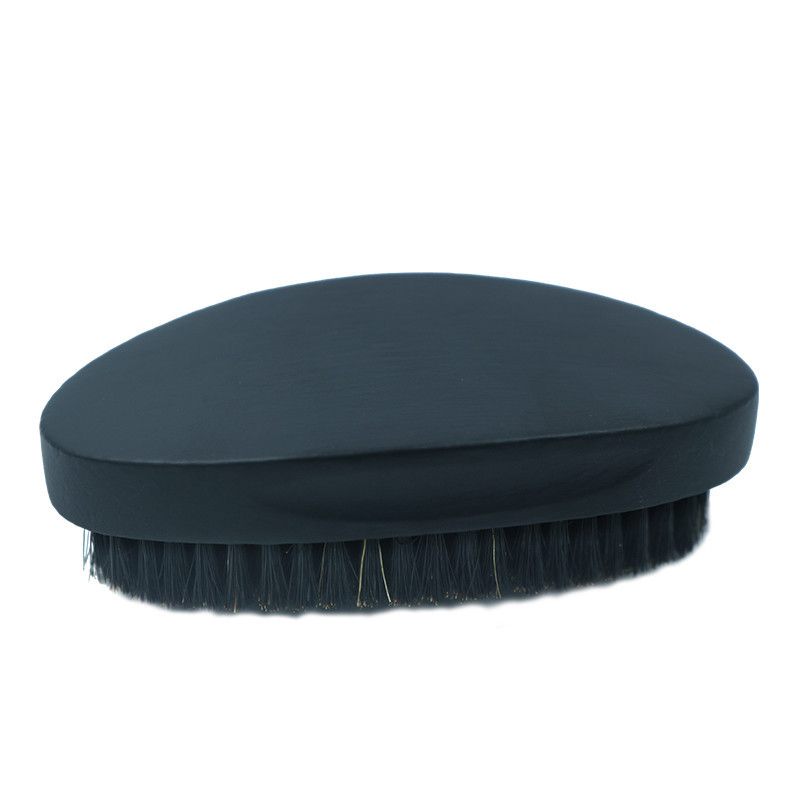Industry news
Shaving Brush Manufacturing in Asia: Cost - Efficiency and Quality
- 141 Views
- 2025-06-28 10:09:34
Shaving Brush Manufacturing in Asia: Balancing Cost-Efficiency and Quality Excellence
The global shaving brush market is experiencing steady growth, driven by a resurgence in traditional wet shaving and rising demand for premium grooming products. At the heart of this expansion lies Asia, a manufacturing hub that has redefined the industry by mastering the delicate balance between cost-efficiency and quality. From mass-produced daily essentials to artisanal luxury pieces, Asian manufacturers have carved a niche as versatile partners for brands worldwide. This explores the factors behind Asia’s dominance, the strategies fueling its cost advantages, and how it maintains quality standards to compete in both budget and high-end markets.

The Foundations of Cost-Efficiency in Asian Manufacturing

Asia’s reputation as a cost-effective manufacturing destination stems from three key pillars: optimized labor dynamics, integrated supply chains, and policy support. Unlike Western counterparts, many Asian countries—including China, Vietnam, and Malaysia—boast a large, skilled workforce with expertise in precision manufacturing, from brush丝 extrusion to handle crafting. Labor costs, while rising in some regions, remain competitive due to economies of scale; large production volumes drive down per-unit costs, making Asian factories ideal for both bulk orders and custom runs.
Equally critical is Asia’s vertically integrated supply chain. Major hubs like China’s Yangtze River Delta host clusters of suppliers, from raw material producers (e.g., synthetic fiber manufacturers, wood and resin handle suppliers) to packaging and logistics firms. This proximity reduces transportation delays and costs, allowing manufacturers to respond quickly to market demands. For example, a shaving brush factory in Zhejiang can source high-grade nylon filaments from a local supplier within 48 hours, compared to weeks of lead time for imports from Europe.
Government policies further strengthen cost-efficiency. Many Asian nations offer tax incentives, subsidized energy rates, and infrastructure support for manufacturing zones, lowering operational overhead. Free trade agreements, such as ASEAN’s regional pacts, also reduce tariffs on cross-border material flows, enhancing supply chain flexibility.

Quality: From Perception to Reality
Critics once questioned Asian manufacturing’s focus on quality, associating low costs with subpar products. Today, that narrative has shifted. Asian shaving brush manufacturers have invested heavily in technology and quality control (QC) systems to meet global standards, from ISO 9001 certifications to eco-friendly production practices.
Material selection is a cornerstone of quality. While synthetic fibers dominate budget lines, Asian factories now produce premium options, such as cruelty-free “vegan badger” filaments (mimicking the softness of natural獾毛) and heat-resistant PBT fibers for durability. For high-end markets, some Chinese and Japanese manufacturers partner with European suppliers for natural materials like pure badger or silvertip hair, ensuring authenticity and luxury appeal.
Technological innovation has also elevated precision. Automated bristle tufting machines, for instance, ensure uniform density and length, reducing defects. AI-powered QC cameras inspect each brush for loose bristles or handle imperfections, while 3D printing allows for intricate handle designs (e.g., ergonomic grips, custom logos) that rival artisanal craftsmanship. Japanese brands, in particular, blend traditional hand-finishing with modern tech—some even offer “bespoke” brushes, where customers choose bristle type, handle material, and engraving, all produced in Asian facilities at a fraction of European luxury prices.
Regional Specializations: Catering to Diverse Markets
Asia’s manufacturing landscape is not monolithic; different countries excel in specific segments, allowing brands to tailor their sourcing strategies. China leads in mass production, offering cost-effective, high-volume orders for drugstore and mid-range brands. Its factories specialize in synthetic bristle brushes with plastic or resin handles, leveraging large-scale automation to keep prices competitive.
Japan, by contrast, targets the premium niche. Renowned for meticulous craftsmanship, Japanese manufacturers focus on small-batch, hand-assembled brushes using natural materials like oak handles and silvertip獾毛. These products often carry premium price tags but appeal to luxury grooming enthusiasts willing to pay for heritage and quality.
South Korea and Vietnam are emerging players, emphasizing sustainability. Korean factories, for example, produce brushes with bamboo handles and biodegradable synthetic bristles, tapping into the global eco-conscious trend. Vietnamese manufacturers, meanwhile, combine low labor costs with strict QC, making them ideal partners for mid-tier brands seeking affordable yet durable products.
Future Trends: Sustainability and Customization
As consumer demands evolve, Asian manufacturers are adapting to stay ahead. Sustainability is a top priority: many factories now use recycled plastics for handles, water-based adhesives, and energy-efficient production lines to reduce carbon footprints. Some Chinese suppliers have even introduced “zero-waste” processes, repurposing bristle trimmings into pet brushes or industrial tools.
Customization is another growth area. With e-commerce enabling direct-to-consumer sales, brands increasingly seek personalized shaving brushes—from custom colorways to branded handles. Asian factories, with their flexible production lines, are well-positioned to meet this demand, offering low minimum order quantities (MOQs) for bespoke designs without sacrificing cost or quality.
Conclusion
Asia’s rise as a leader in shaving brush manufacturing is no accident. By combining cost-efficiency (via optimized supply chains, skilled labor, and policy support) with a relentless focus on quality (through material innovation, tech integration, and regional specialization), Asian factories have become indispensable partners for global brands. As the industry shifts toward sustainability and customization, their ability to adapt—while maintaining the balance between affordability and excellence—will ensure their continued dominance in the global market.
Shaving Brush Manufacturing Asia, Cost-Efficient Shaving Brushes, Quality Shaving Brush Production, Asian Shaving Brush Suppliers, Sustainable Shaving Brush Manufacturing
Asia leads global shaving brush manufacturing by balancing cost-efficiency—via optimized supply chains, skilled labor, and policy support—and quality, through material innovation, tech integration, and regional specialization. Explore how it meets diverse market demands, from mass production to luxury, and adapts to sustainability and customization trends.











